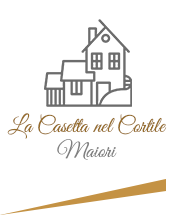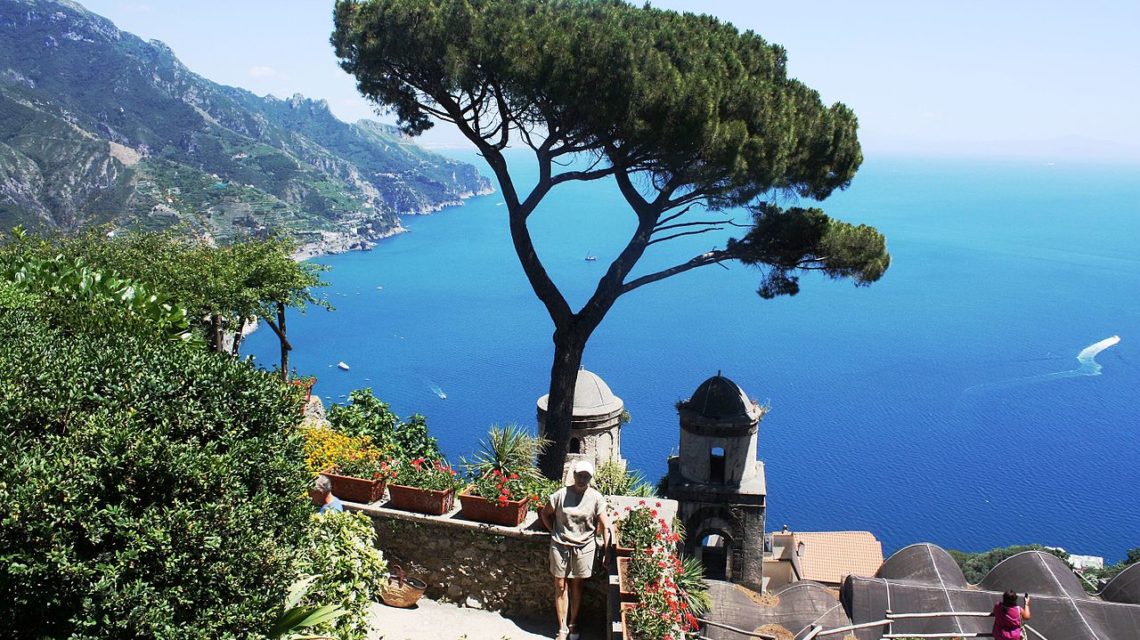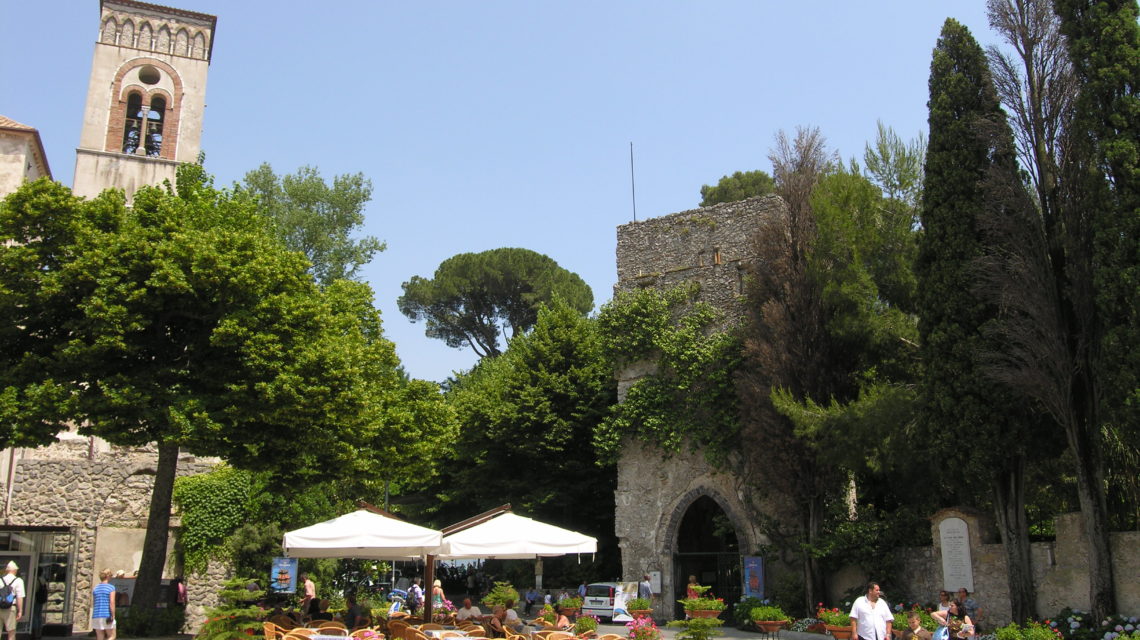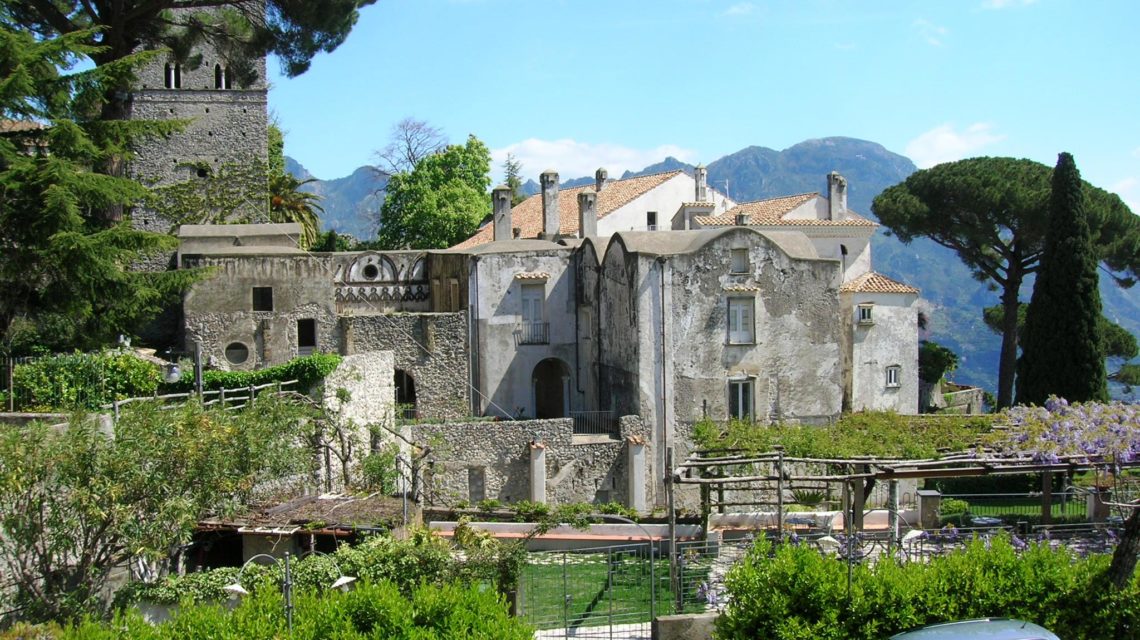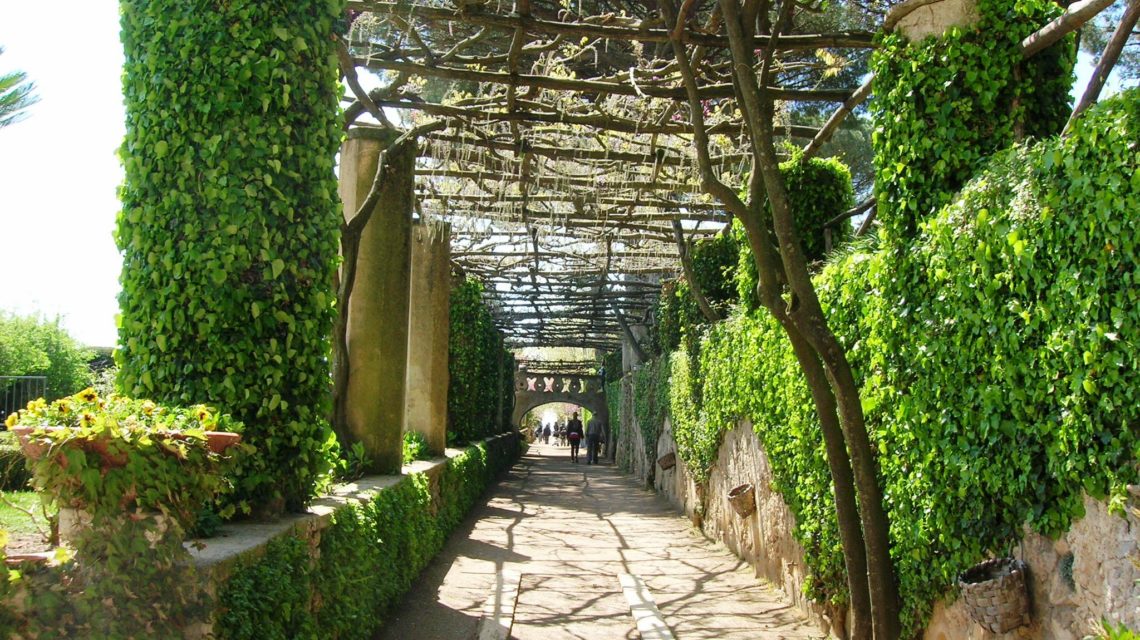« (…) the coast of Amalfi, full of little towns, of gardens and fountains, and of rich men and procaccianti in act of mercatantia as some others. The town of Ravello, as a small town, is called Ravello, in which, as today, there are rich men, there was one who was very rich, called Landolfo Rufolo. (…) »
(Giovanni Boccaccio, Decameron – II giornata, IV novella)
History
The history of Ravello, in its civil, religious, economic and tourist aspects, presents a unique richness that allows the visitor to capture unique elements. It is not possible to visit Ravello without a connection to the role that the city had in the various centuries with its lights and shadows, with its periods of greatness and with those of decadence, but always with an important role in the amalfi territory.
What see
The villas
Ravello, like a casket, contains two precious gems that bear witness to the fame that the coastal center enjoyed in the past. The first of these magical places, the oldest one, is the ancient home of the wealthy Rufolo family, which, after being owned by the Confalone family, was bought by the Scottish botanist Francis Neville Reid in the nineteenth century and transformed into the magical garden that he welcomed Richard Wagner in 1880. The second place is Villa Cimbrone, commissioned by Ernest William Bercket in 1904, and which can be considered the synthesis of Ravello’s architecture.
The dome
The dome, dedicated to the Madonna Assunta and which preserves the relic of the Holy Protector of Ravello, Pantaleone, from the Church of the Body of Christ, now used as a picture gallery, and from the Duomo Museum, which occupies the ancient crypt and collects the most important artistic pieces coming from the Duomo itself and from the other churches, some no longer in use. To visit the Duomo complex means to fall not only in the local religious sentiment that has found in the Martyr Pantaleone, intercessor with God of the necessary graces especially in difficult moments, but also in the artistic influences exerted on the local art by the numerous contacts with the oriental world. The opportunity to admire the heritage made up of the paintings that decorated other churches in the country and some very important works of art in national artistic history, such as the so-called Sigilgaida Rufolo, increases the cultural interest of this place.
Civil architecture
The Ravello civil architecture is characterized by numerous evidences dating back to the period of maximum splendor of the city and is represented by the numerous residences of the local patrician families. It is interesting to note that the greatest concentration of such buildings is located along the ridge route that goes from the Church of S. Giovanni del Toro to the area behind the Cathedral, dedicated to the Madonna Assunta, although other testimonies are near the main square and also in outlying areas, such as the one where the Monastery of the Clarisse Sisters stands. The element that characterizes these residences is the synthesis that can be seen in them between the function of representation, that of housing but also commercial. The structure is repeated almost similar in all the buildings: an uncovered central courtyard, which is accessed through a door that is also large enough to pass a medium-sized wagon, all around the courtyard (catodia), ready to welcome the goods that passed in and out of the building, a staircase, almost monumental in size, open onto the courtyard through a large window (often arched on the Aragonese model), which led to the upper floors, those where the owners lived. It is not uncommon to find in these palaces the so-called “Arab baths”, ie structures that, taking up the Roman “philosophy” of the baths and then the east of the hammam, allowed the owner to enjoy the benefits of the steam baths, thanks to the presence of prefurni and fountains inserted directly in the room used as a bathroom (some still survive the suspensure). Next to these decorations was the rustic part, where products from the garden surrounding the palace were transformed. In numerous sales or leasing deeds the millstones are mentioned, ie the structures where wine and oil were produced.
Religious architecture
The religious architecture of Ravello offers the most attentive visitor, who does not stop to visit the most important architectural testimonies, the opportunity to discover true jewels that are the synthesis of the local religious sentiment and of the building mastery that has consolidated over time. Tradition has it that in antiquity Ravello had a hundred churches and, if we consider, the many chapels that punctuate the ancient stairs that connected the various points of the urban center, the churches are certainly more than a hundred. Next to churches of patronage of the ancient patrician families, which represented not only a place of worship but also a testimony of their economic power, there are small churches that, dedicated to the most revered saints in popular religiosity, welcomed the inhabitants of the neighborhood in moments of party or difficulty. Widespread is the cult of the Virgin, a powerful advocate with God, who is venerated both with the title of Our Lady of Grace and with that of Our Lady of Sorrows, and also with the various names deriving from the place where the church stands (della Rotonda, del Lacco , in Gradillo, of the Pomice, etc.); besides the Virgin the saints miraculous were venerated, those, that is, who healed the infirmities, like the SS. Cosma and Damiano and the same S. Pantaleone. It should be noted that many of these chapels, although they have lost the role of aggregative religious center of the area where they rise, still retain today
